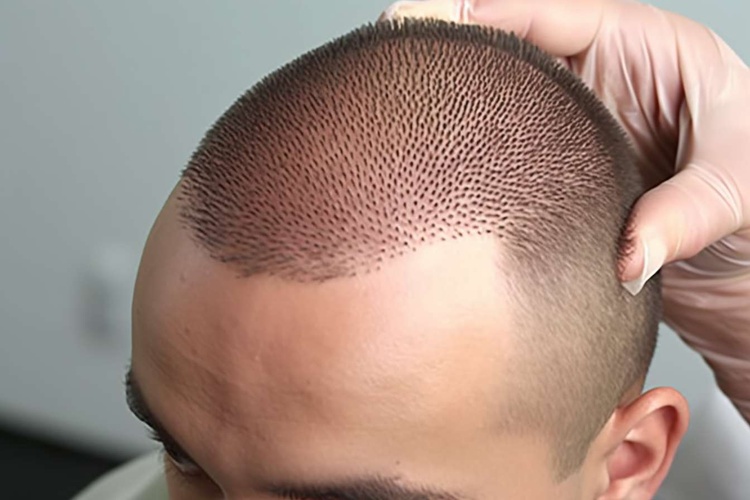Liposuction Explained: Your Guide to Body Contouring
Liposuction is a surgical body-contouring option that removes localized fat resistant to diet and exercise. This guide explains candidacy, the step-by-step procedure, recovery expectations, potential complications, and cost estimates so you can make an informed decision about fat removal and aesthetic surgery.

Liposuction Explained: Your Guide to Body Contouring
Liposuction is a cosmetic surgical option designed to eliminate localized fat pockets that don’t respond to diet or exercise. It reshapes targeted areas to improve silhouette and proportion. This procedure is intended for contouring rather than major weight loss, and understanding how it works, who benefits most, potential risks, the recovery timeline, and the financial considerations will help you decide whether it’s right for you.
Who makes a good candidate
The best candidates for liposuction are generally in good health, close to their ideal weight, and have reasonably elastic skin. Surgeons commonly look for people who are within about 30% of their ideal body weight and have realistic expectations about what the procedure can achieve. Liposuction treats stubborn, localized fat but does not replace a balanced diet or regular exercise.
Common traits of suitable candidates include:
- Focal areas of fat that haven’t responded to lifestyle changes
- Non-smokers or those who can quit before and after surgery
- Skin with enough elasticity to retract after fat removal
- No significant medical problems that could complicate healing
A consultation with a board-certified plastic surgeon is essential. The surgeon will evaluate overall health, skin quality, and fat distribution to determine if liposuction is an appropriate approach for your goals.
Potential risks and side effects
While serious complications are uncommon when liposuction is performed by a qualified professional, patients should be aware of risks and typical side effects.
Possible complications:
- Contour irregularities: uneven or wavy skin if fat removal is not uniform
- Fluid accumulation (seroma): temporary pockets of fluid beneath the skin
- Numbness: temporary or, rarely, long-term loss of sensation in the treated area
- Infection: rare but possible if bacteria enter the surgical site
- Internal organ injury: an extremely rare complication where instruments penetrate too deeply
- Fat embolism: fat entering the bloodstream, a severe but very uncommon event
Common, expected side effects include swelling, bruising, and discomfort in targeted areas. These symptoms typically improve over several weeks. Adhering to your surgeon’s postoperative instructions reduces the chance of complications and supports healing.
How the procedure is performed
Liposuction is usually done on an outpatient basis and can be performed under local anesthesia, sedation, or general anesthesia depending on the extent of treatment and the patient’s needs. Typical steps include:
- Anesthesia: Local or general anesthesia is administered for comfort and safety.
- Incisions: Small access points (often about a quarter to half an inch) are created near the treatment zones.
- Tumescent solution: A saline mixture containing a local anesthetic (such as lidocaine) and a vasoconstrictor (like epinephrine) is injected into the fatty tissue to reduce bleeding and numb the area.
- Fat disruption and removal: A thin metal tube called a cannula is inserted through the incisions. The surgeon maneuvers the cannula to loosen fat cells, which are suctioned away with a vacuum device.
- Closure: Incisions are closed with sutures or left to heal if very small.
- Compression: Patients are fitted with compression garments to minimize swelling and support the new contours.
Procedure time can range from about an hour to several hours, depending on how many areas are treated. Most patients go home the same day but should arrange for a responsible adult to drive and stay with them for the first 24 hours.
Recovery timeline and aftercare
Recovery varies by individual and by how extensive the surgery was. A general timeline looks like this:
- Immediate post-op: Expect pain, swelling, and bruising. Pain medication and antibiotics may be prescribed.
- First week: Many patients return to desk work within a few days to a week, though physical activity should remain limited.
- 2–4 weeks: Swelling and bruising gradually subside; light exercise can often resume with surgeon approval.
- 4–6 weeks: Most swelling has diminished and more vigorous exercise is usually permitted.
- 3–6 months: Final contours become more apparent as residual swelling resolves and tissues settle.
Wearing compression garments as directed helps control swelling and supports healing. Eating a balanced diet, staying hydrated, and following activity restrictions improve recovery and help maintain results.
| Body Area | Average Cost Range |
|---|---|
| Abdomen | $3,000 - $7,500 |
| Thighs | $2,500 - $6,000 |
| Arms | $2,000 - $5,500 |
| Chin/Neck | $2,000 - $4,500 |
| Back | $2,500 - $6,000 |
Prices are estimates and may not include additional fees such as anesthesia, facility charges, or post-operative garments. Costs vary by surgeon, technique, extent of treatment, and geographic location. Independent research and detailed cost discussions with your provider are recommended.
Making an informed choice
Liposuction can effectively refine body contours and remove fat pockets that are resistant to lifestyle measures. However, it is important to approach the decision with realistic expectations and to prioritize safety and surgeon credentials over price. Discuss your medical history, desired outcomes, and recovery plan with a board-certified plastic surgeon so you fully understand the benefits and limitations.
This article is for informational purposes only and should not be considered medical advice. Please consult a qualified healthcare professional for personalized guidance and treatment.






